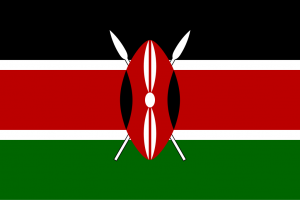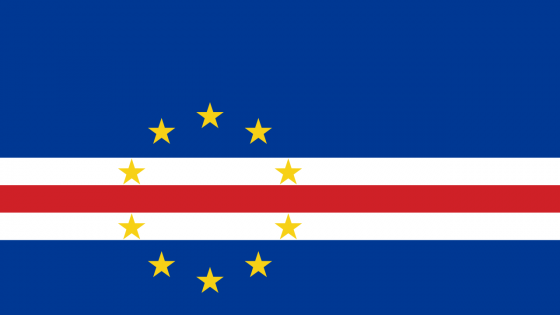
Cape Verde, an archipelago of volcanic islands in the Atlantic Ocean, is a beautiful and diverse country with a rich cultural heritage and stunning natural landscapes. Known for its vibrant music, history, and scenic views, Cape Verde is a hidden gem for travelers seeking a unique experience. Below are key facts that highlight what makes Cape Verde stand out:
Cape Verde is a stunning destination with diverse landscapes, vibrant cultural traditions, and warm, welcoming people. Whether you’re exploring the volcanic peaks of Fogo Island, relaxing on pristine beaches, or immersing yourself in the rhythm of Cape Verdean music, the country promises an unforgettable experience. With its unique blend of history, culture, and nature, Cape Verde is a must-visit for anyone looking to discover a hidden gem in the Atlantic Ocean. Start planning your adventure today!

